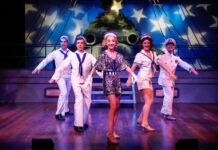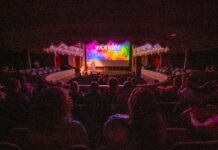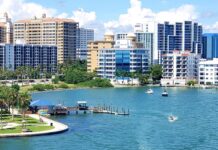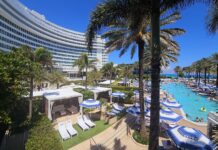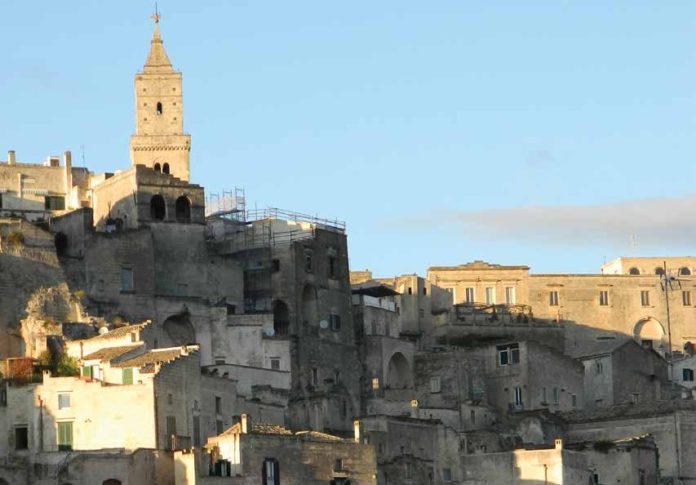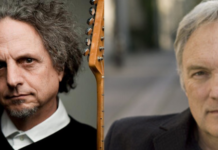I HAVE ALWAYS BEEN FASCINATED with Italian culture. Perhaps it could be ascribed to my love of Italian cinema; one of my all-time beloved films was Cinema Paradisio. It seemed to capture the heart of Italian small town culture. The quaint settlements that dot the rocky landscape of the Salento area are somehow trapped in another world, where time moves at a slower pace. History and tradition are more prevalent than the tech driven society in which we have become entrenched.
A friend and fellow journalist suggested we explore the “heel of the boot” of Italy commonly known as the Puglia region. Italy has many famously distinct regions; however this area is not as well-known as somewhere such as Tuscany. On the menu? A week long, immersive cooking school called, “The Awaiting Table.”
I must admit, I love fine cuisine; however cooking is not one of my main passions. Trepidations did cross my mind, but the idea of learning a few new skills in Italy did seem quite exciting. I also managed to convince another great friend from South America to join as well as an Italian writer friend from Michigan. And so the adventure began.
We flew to Rome, the eternal city, and hopped a train to Lecce, which is the main city in the area. We hung our hats at the impeccable boutique hotel Montatelure. This gem of a joint was not only hip, but the homemade breakfast was prepared by the owner, Marco and his mother-in-law! A must try is the local bread and tomato specialty, the Frisse. The Awaiting Table offers classes either in Lecce at the home of Silvetro Silvestori, the very charismatic owner and top chef. We opted for a week at the “castle” in a nearby small town called Spongano. Our digs for the duration was the castle home of Allesendro de Bacille. Comfortable and cozy, although spacious, we spent most of our time downstairs in his lovely main kitchen.
The focus of the school is the preparation of the Mediterranean diet. Unlike what is considered everyday Italian, this modality is actually mainly fresh vegetables depending on what was in season. There is protein in the form of fish, shellfish, rabbit and chicken. Very little red meat is consumed.
Our typical day began in the smaller kitchen over strong coffee and a few local pastries. We then went to the local green grocer to select our items for lunch and dinner. Unfortunately, most of our time had heavy downpours, so we did not go out as much as planned. We mastered the art of making fresh pasta in many shapes throughout the week. It was surprisingly simple! We also made a few veggie dishes that I will certainly remember such as the simple grilled eggplant and the local pepper dish, pepperonata.
The class covers many topics relating to the main theme of all things Puglian. Within this is a heavy focus on wines from the region of Salento. Silvetro carefully explains that many of these incredible wines are only available in the area and it would be difficult to locate them in the US. I may be searching for the Negromano, a standout.
A highlight of the week was a day trip to Otranto. This famous and historic port is home to turquoise waters and a long history of skirmishes warded off by the imposing castle that encompasses most of the town. We had a lovely picnic on the waterfront enjoying a sparklingly clear day. It was said that Greece and Albania were looming across the Adriatic Sea.
Our wine soaked evenings were orchestrated beginning with a brief lecture on the food courses and the wines. We were then promptly herded downstairs to the kitchen, which was flooded in candlelight. It was like a scene from an Italian movie, vaguely in the past and not quite in our present day. The finishing touches were done by a group member as well as his expert staff of Georgio and Guiseppe.
We bid our farewells and embarked on the remainder of the trip that included a stop in the UNESCO world heritage site of Matera.
Words can’t describe the incredible cave dwellings of these resourceful people who have continuously been in this area for 2500 years. The sad history includes serfs who were forced into subjugation to live on these primitive cave structures that were built on top of each other. This includes dwellings built underneath the cemetery. The health situation was so dire that the people were forced to leave in the 1950’s as they were still living with no plumbing and amongst their animals. There is a small museum that features an actual cave home and artifacts from the era.
Fortunately, we were able to stay in a stunningly renovated hotel that meanders on the cliffs. The Saint Angelo featured each room with a unique use of the ergonomic surroundings. We wandered through the cobblestone streets to an authentic restaurant and were surprised to find not only excellent antipasti but a group of professional chorale singers that serenaded us for the evening! It was truly enchanted!
The last stop on the culinary adventure was a hiatus in Rome, stunning and never feeling like there is enough time to explore the gems within this amazing city. We settled in a fabulously chic hotel, the Hotel D’Art on an equally fantastic quiet street perfectly located for shopping.
To truly understand the heart of Italian culture is an incongruity. Italy is a study of layers and regions; each incredibly multifaceted and fascinating. A land filled with priceless art, food, music and beauty is certainly a place to revisit time and time again. – Susan Short



